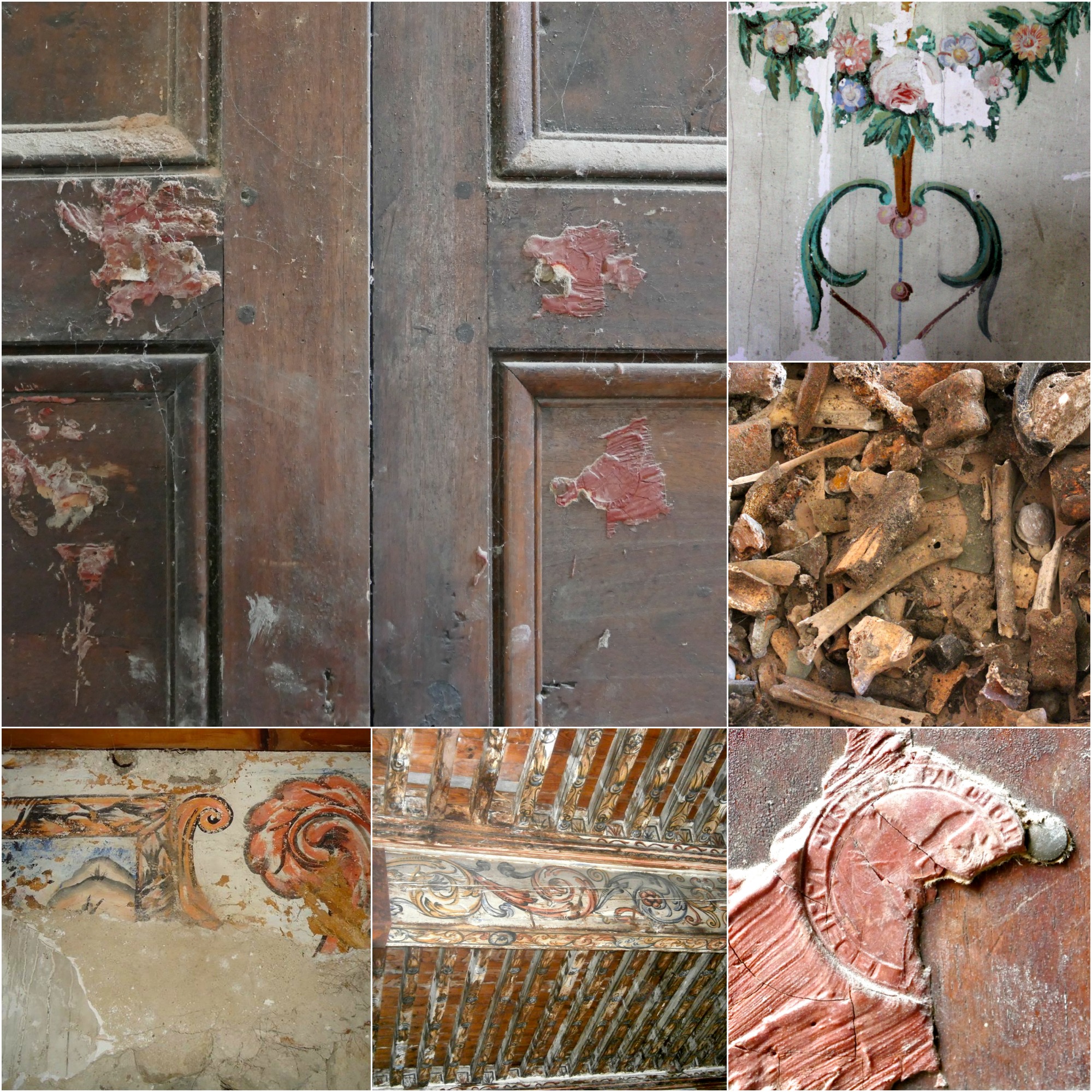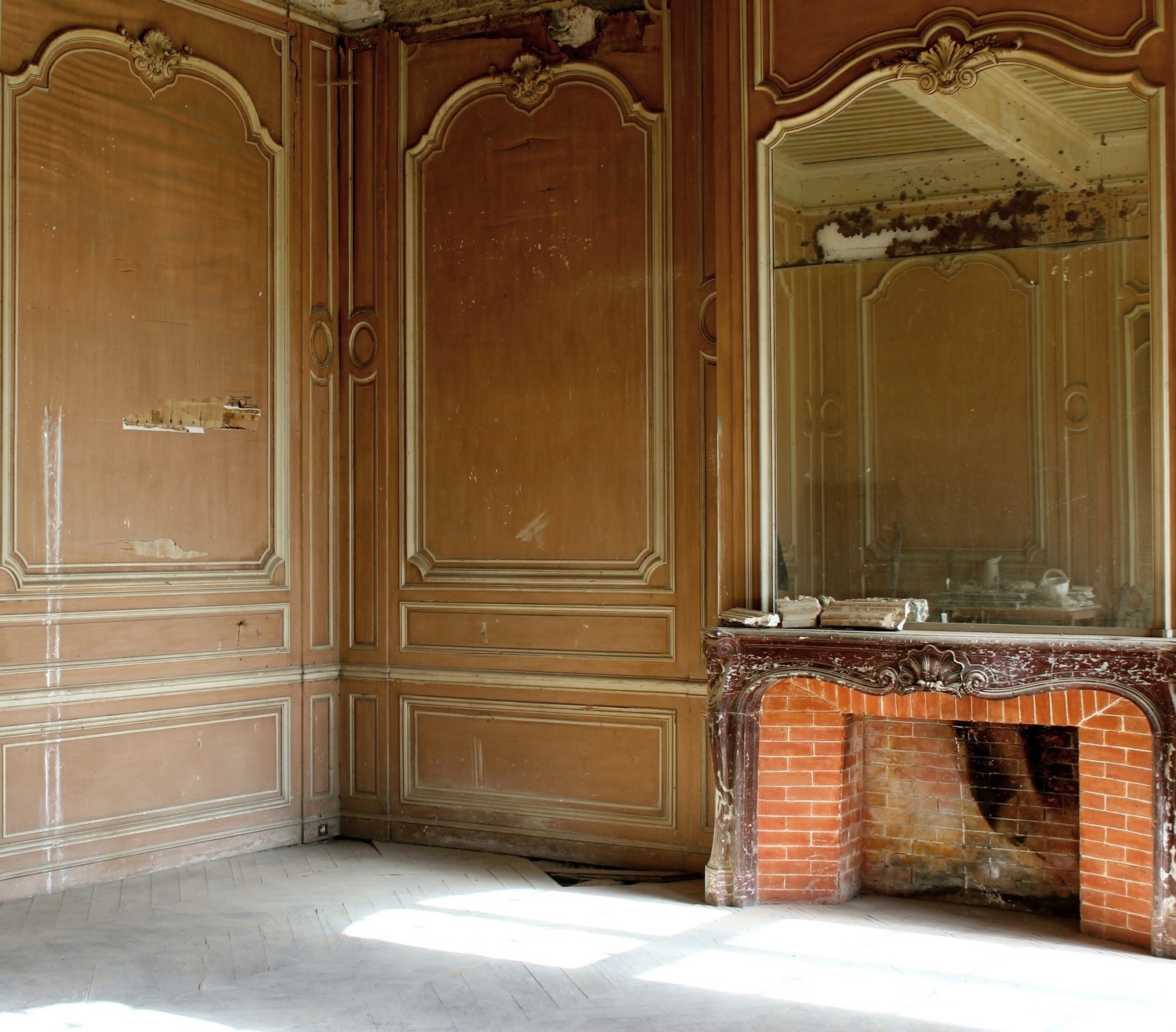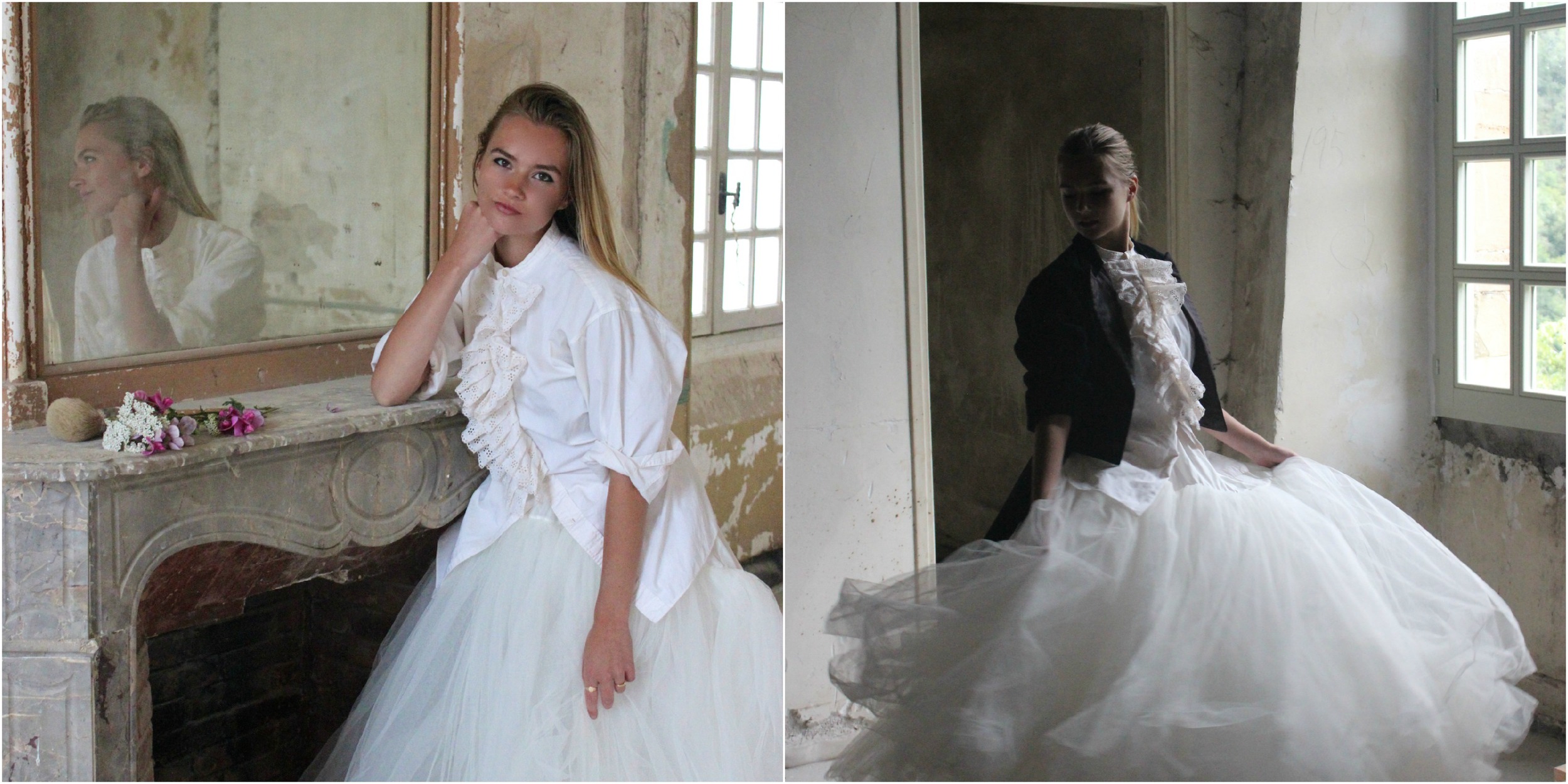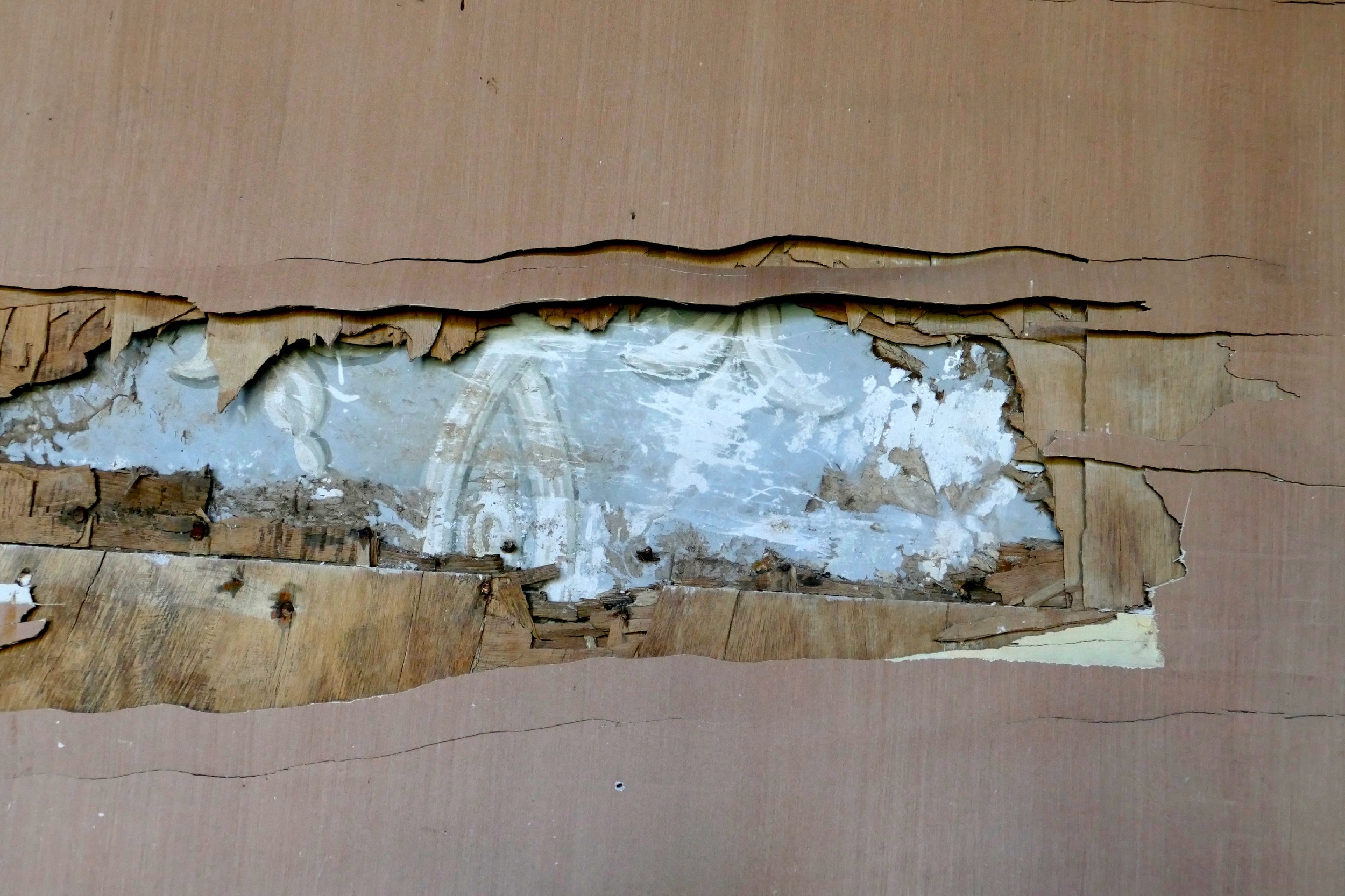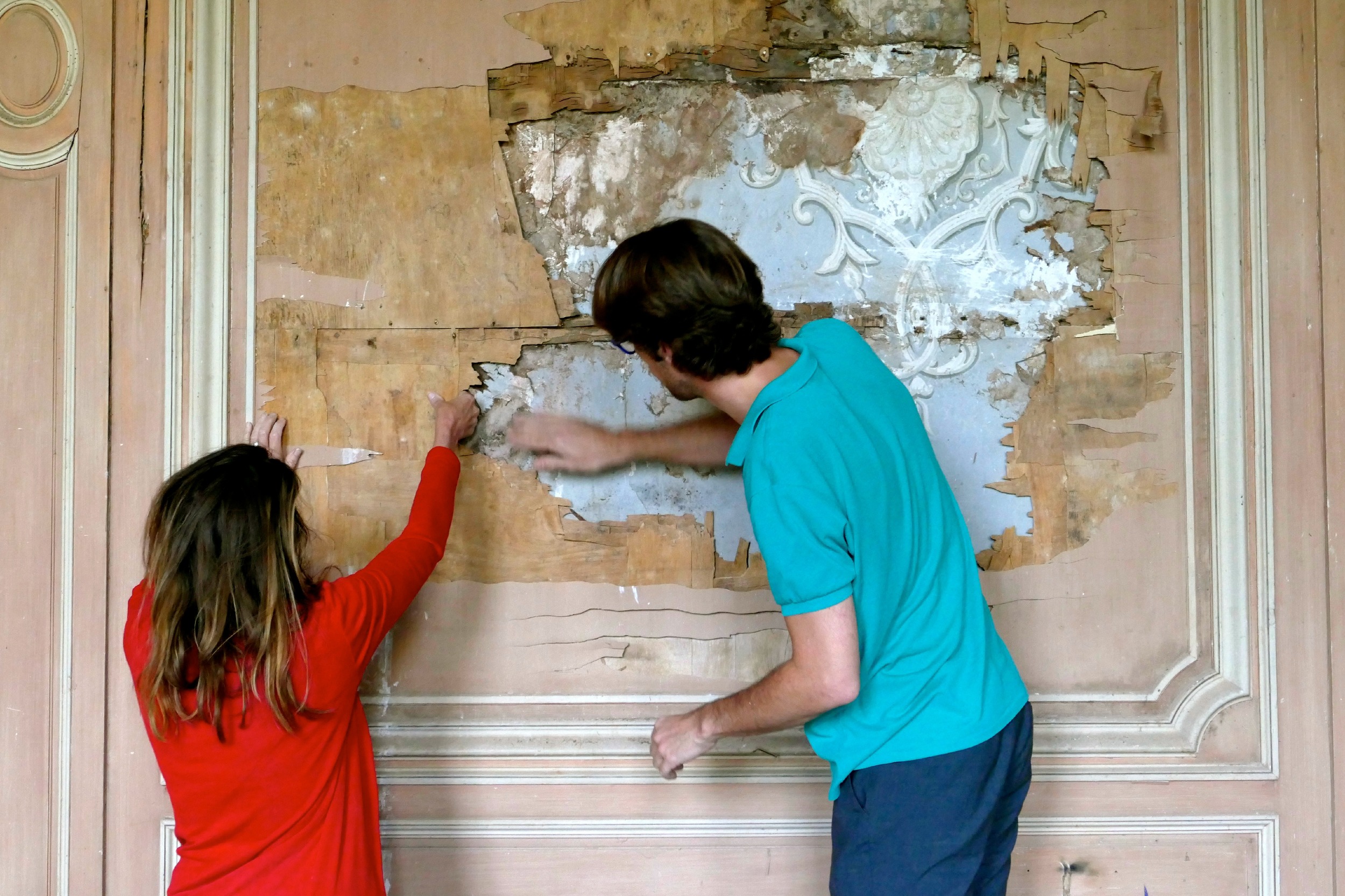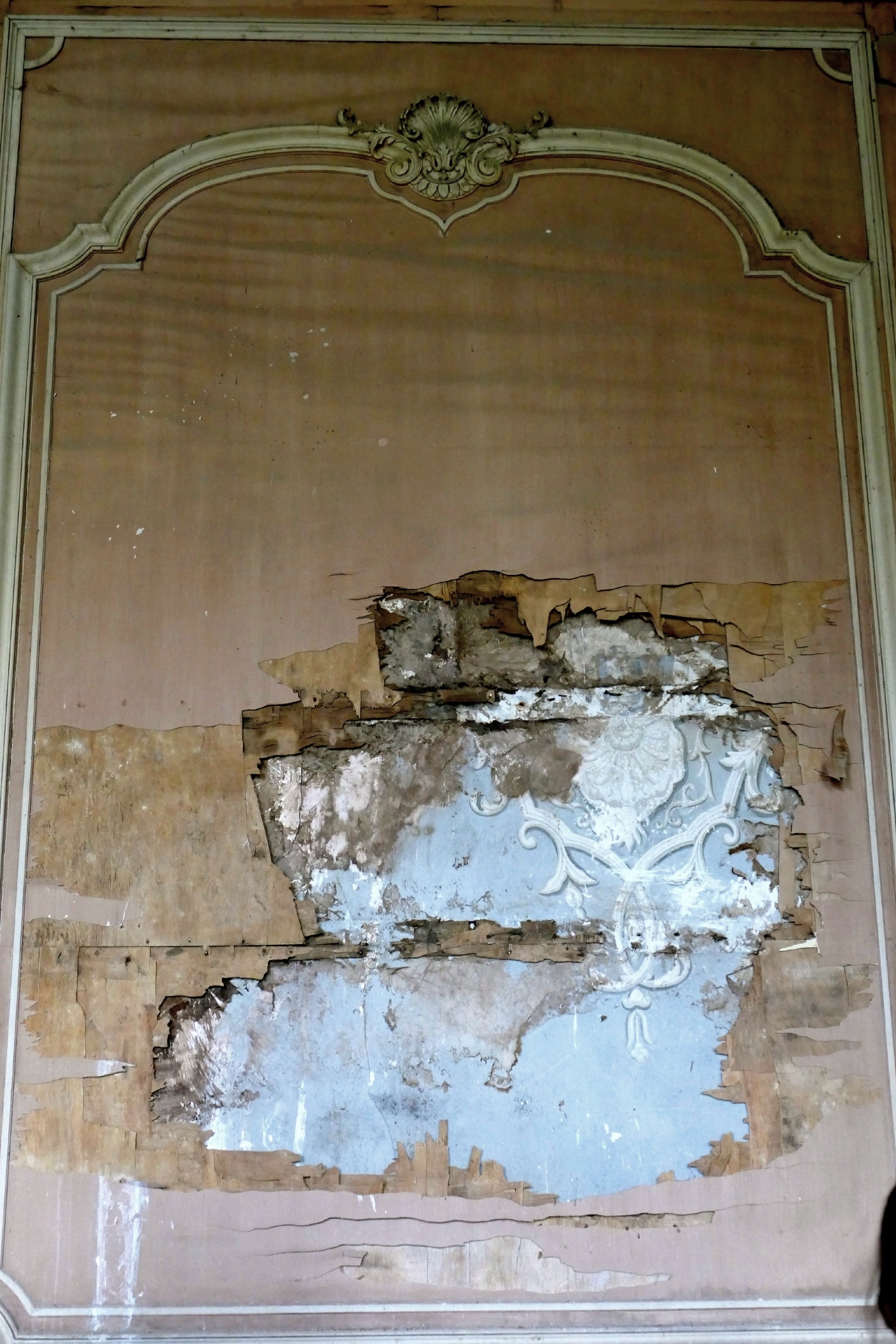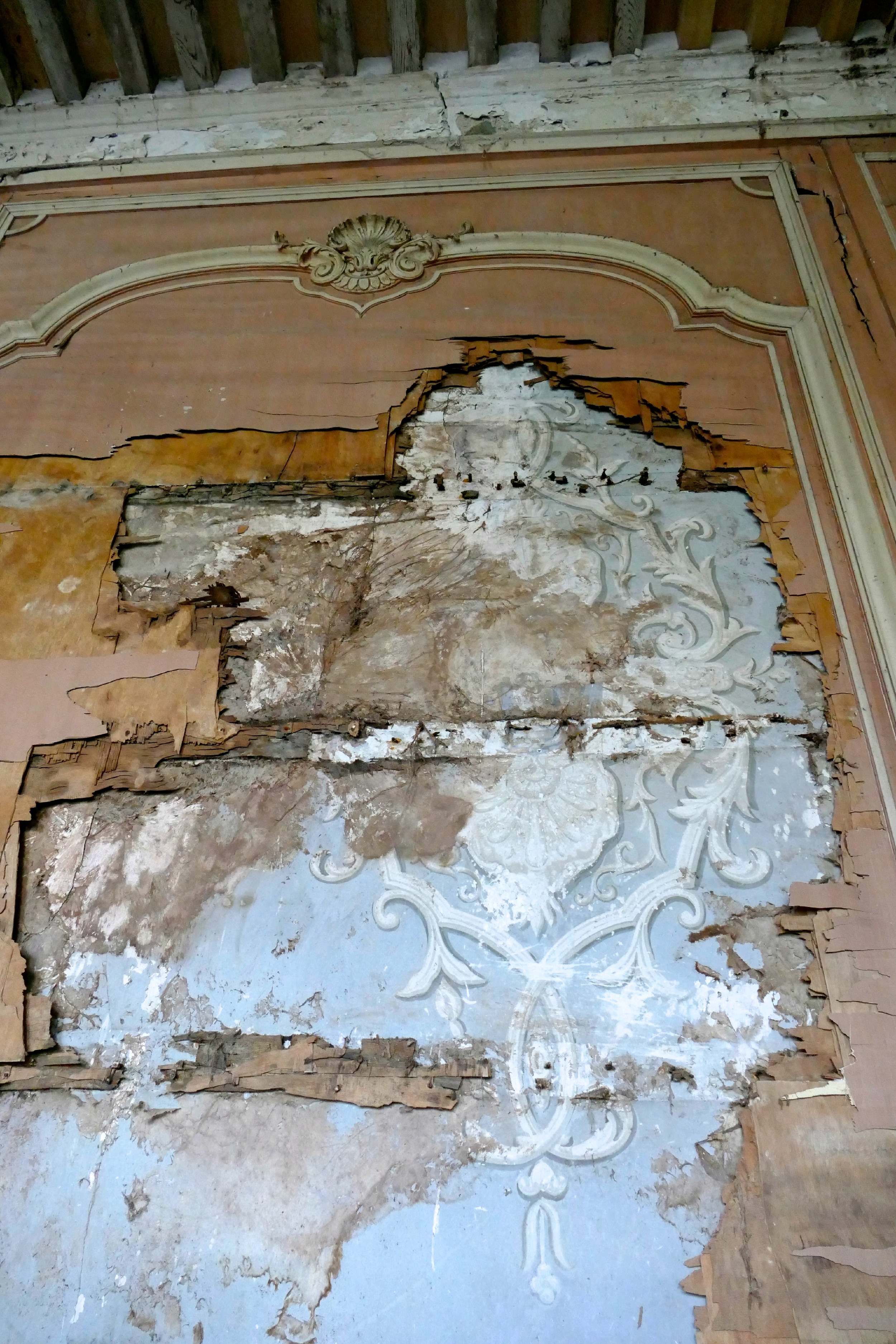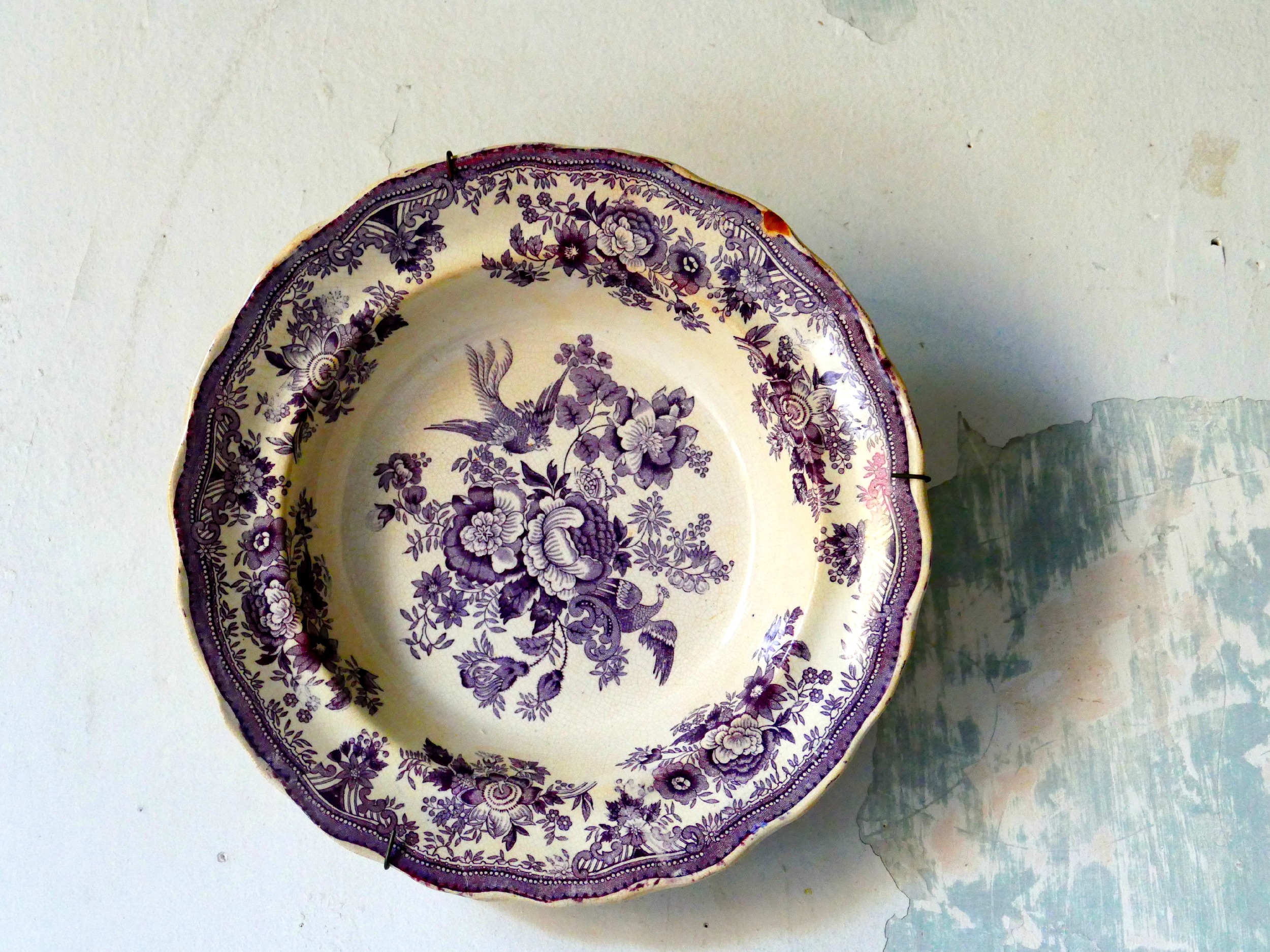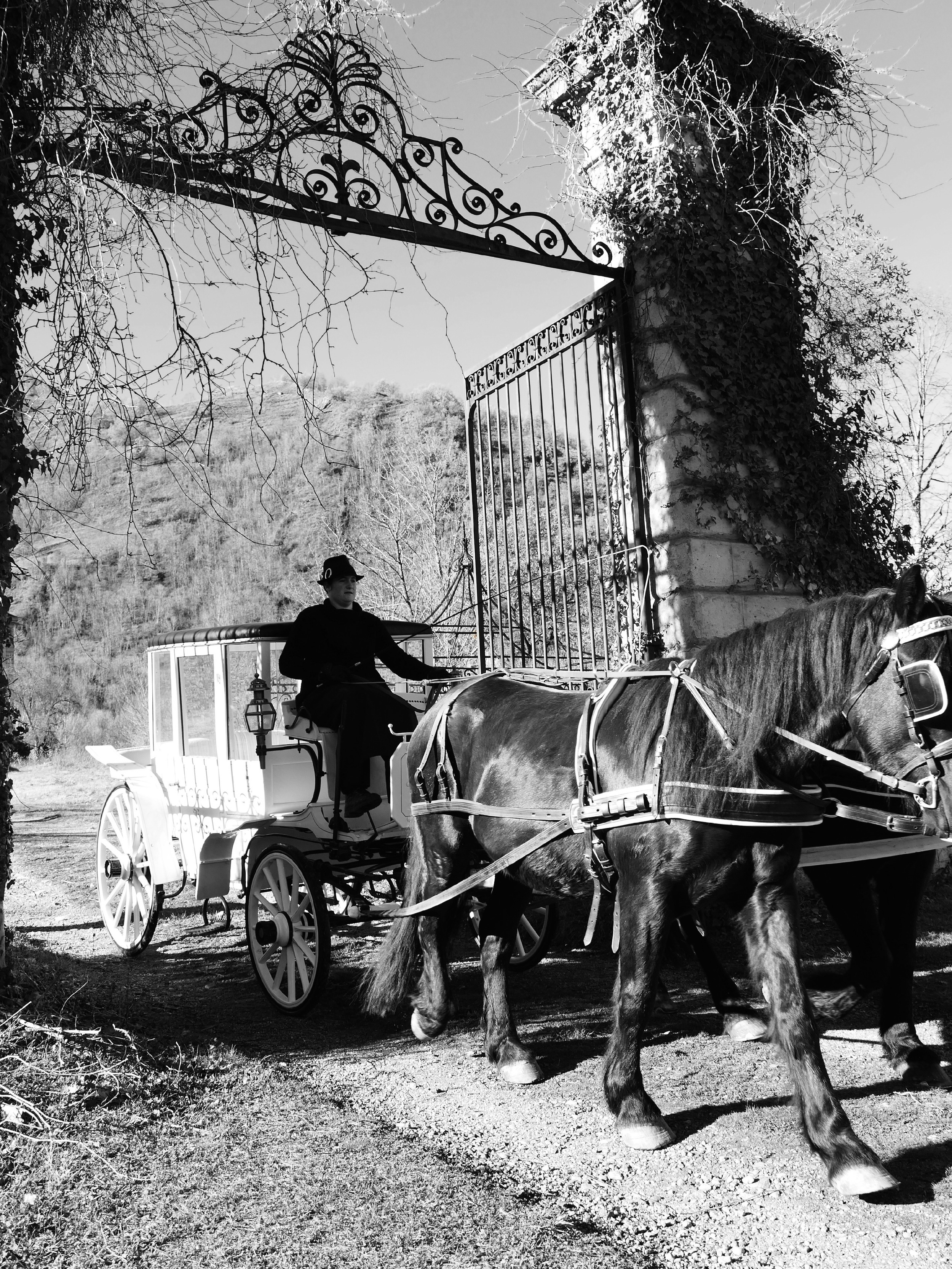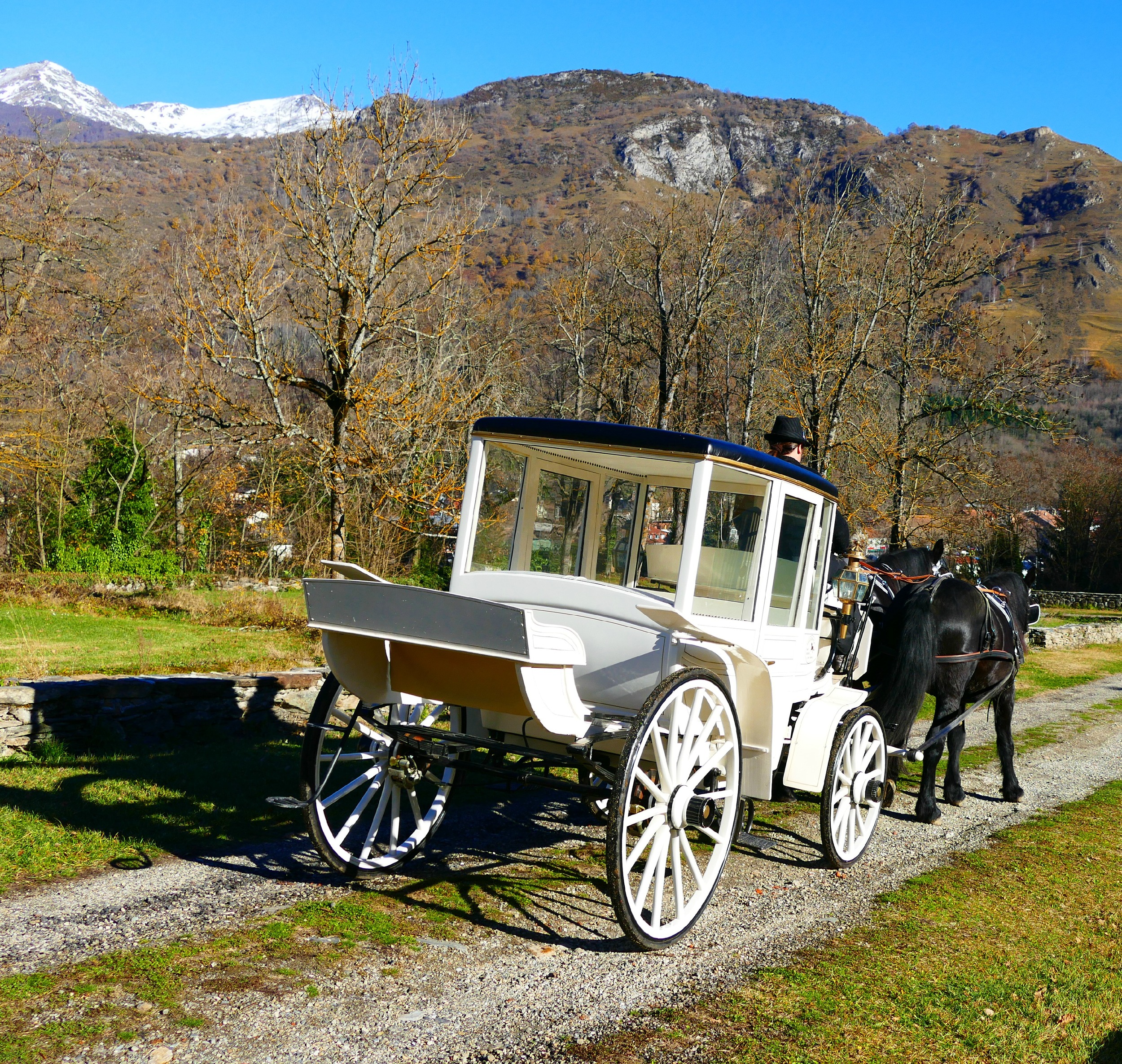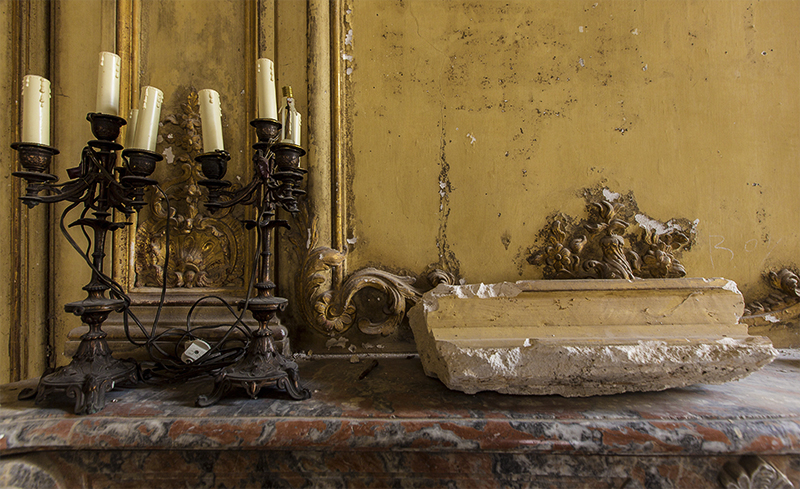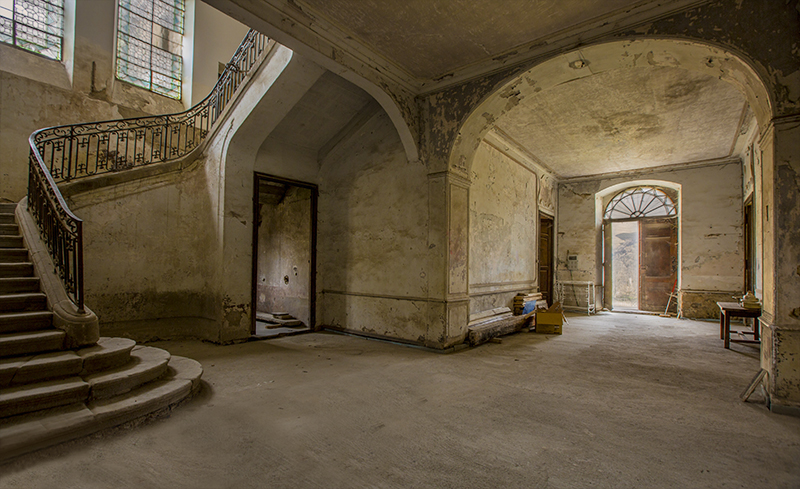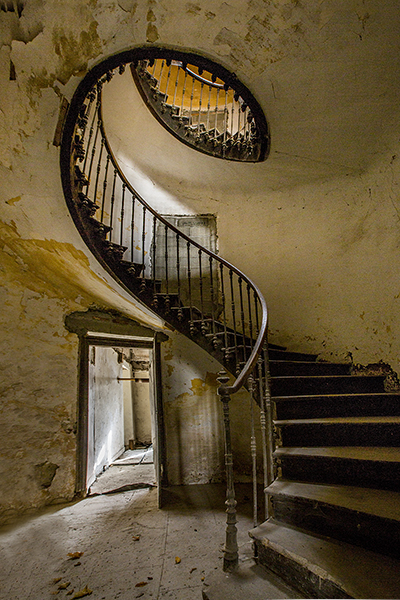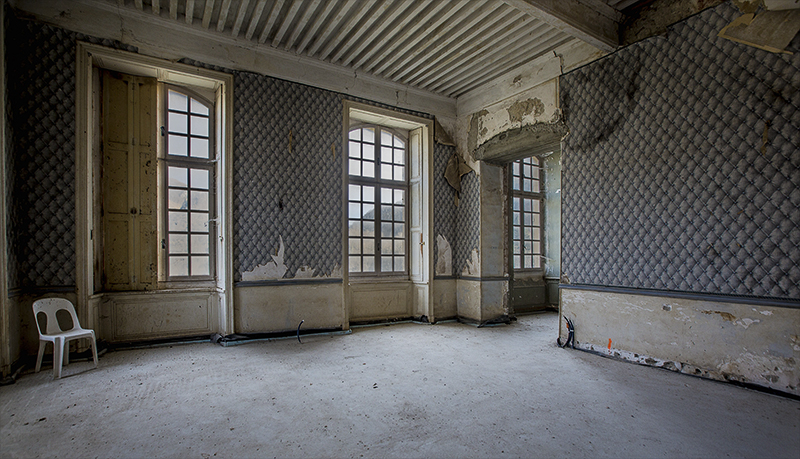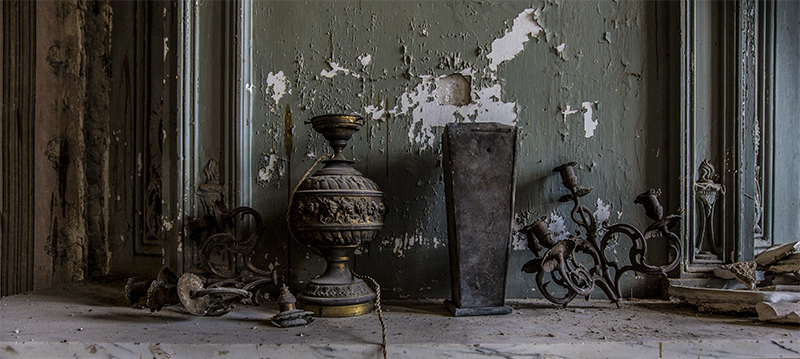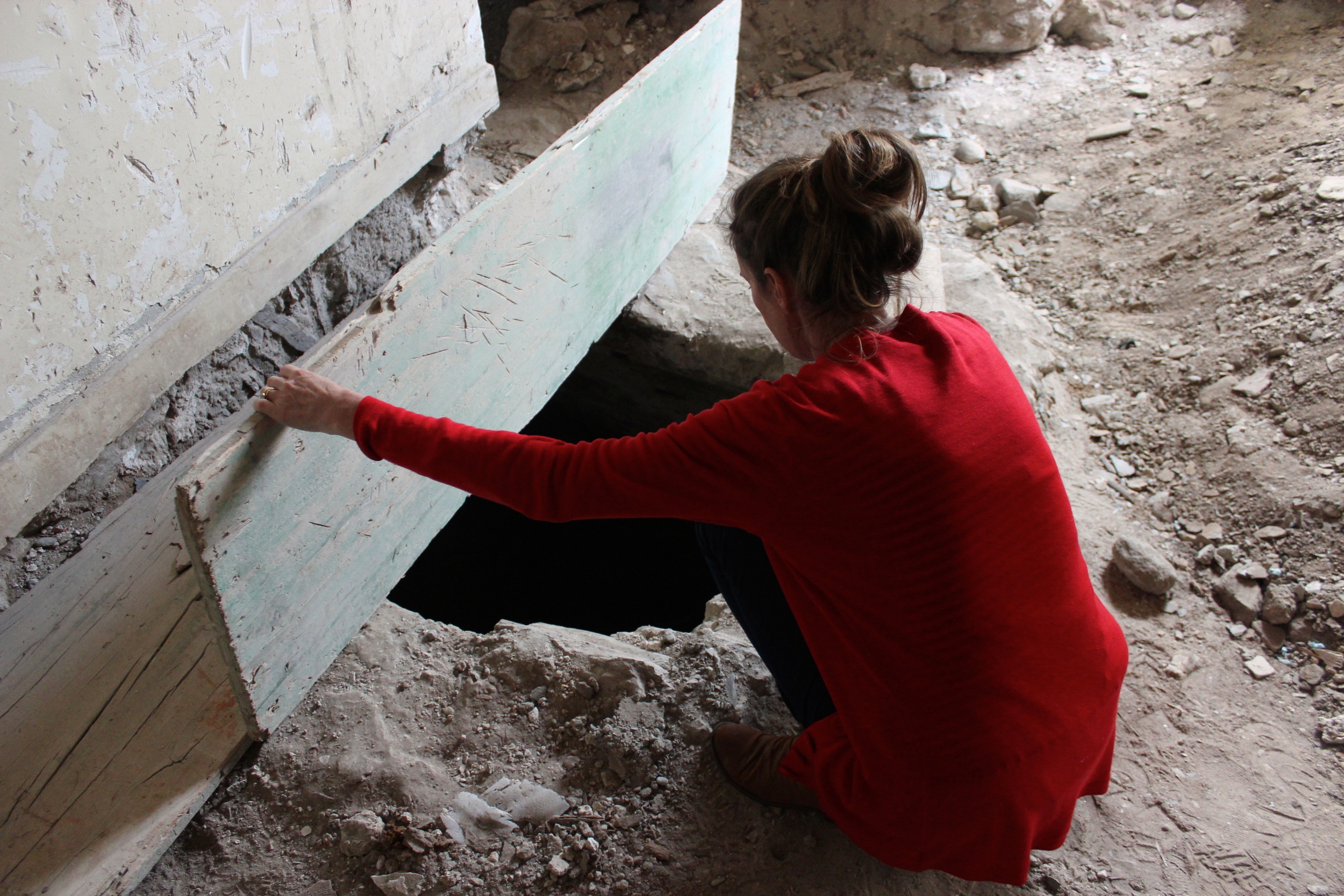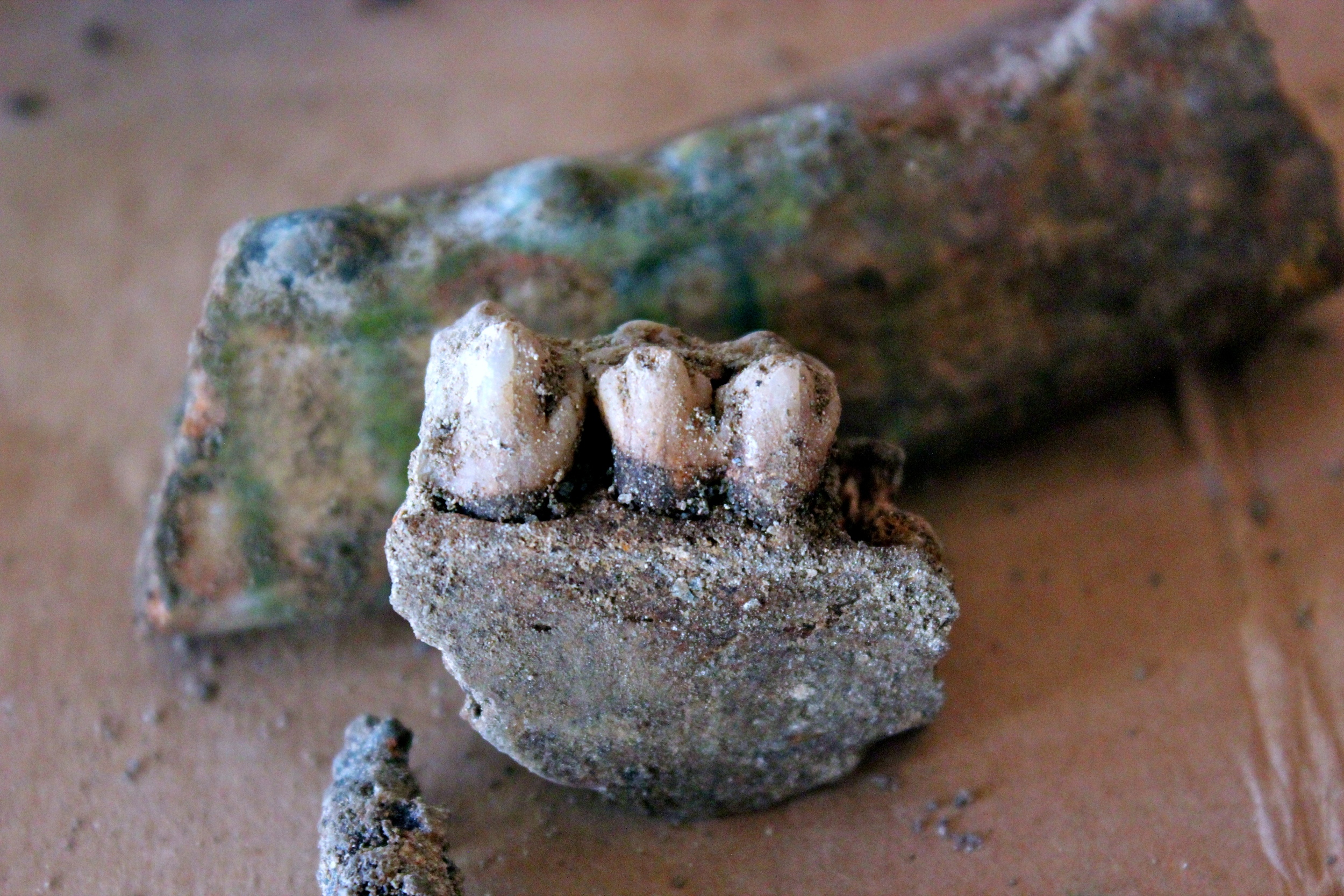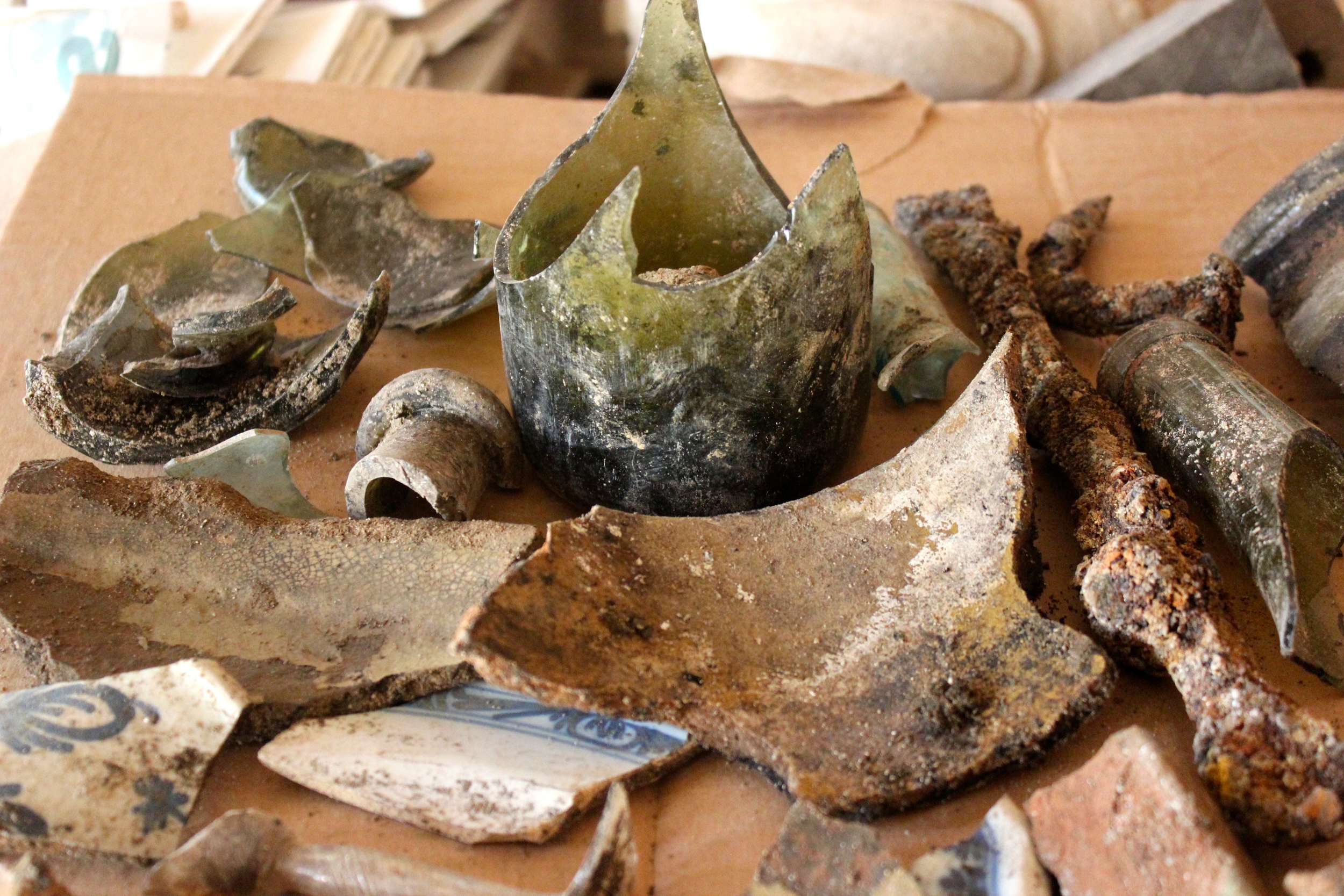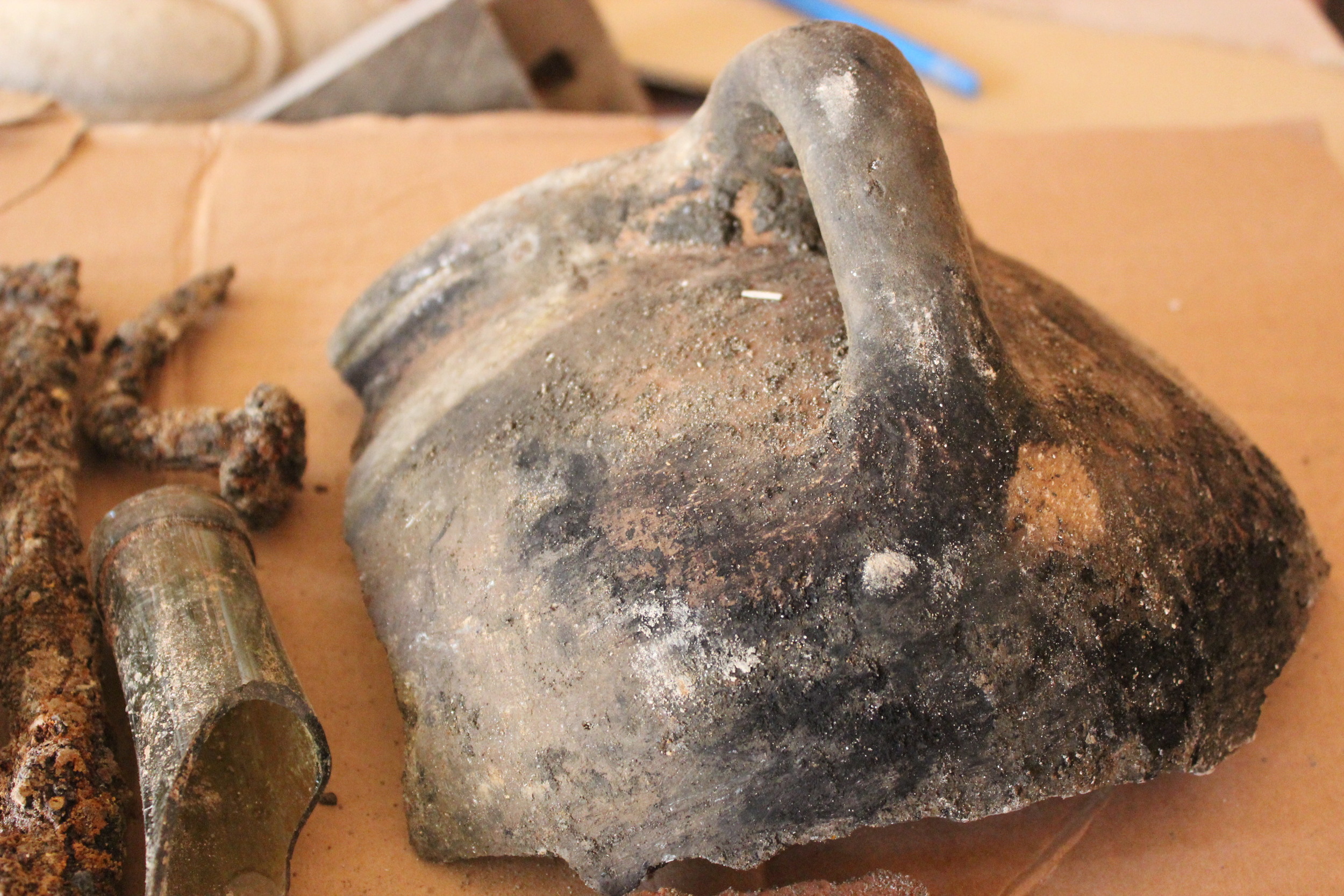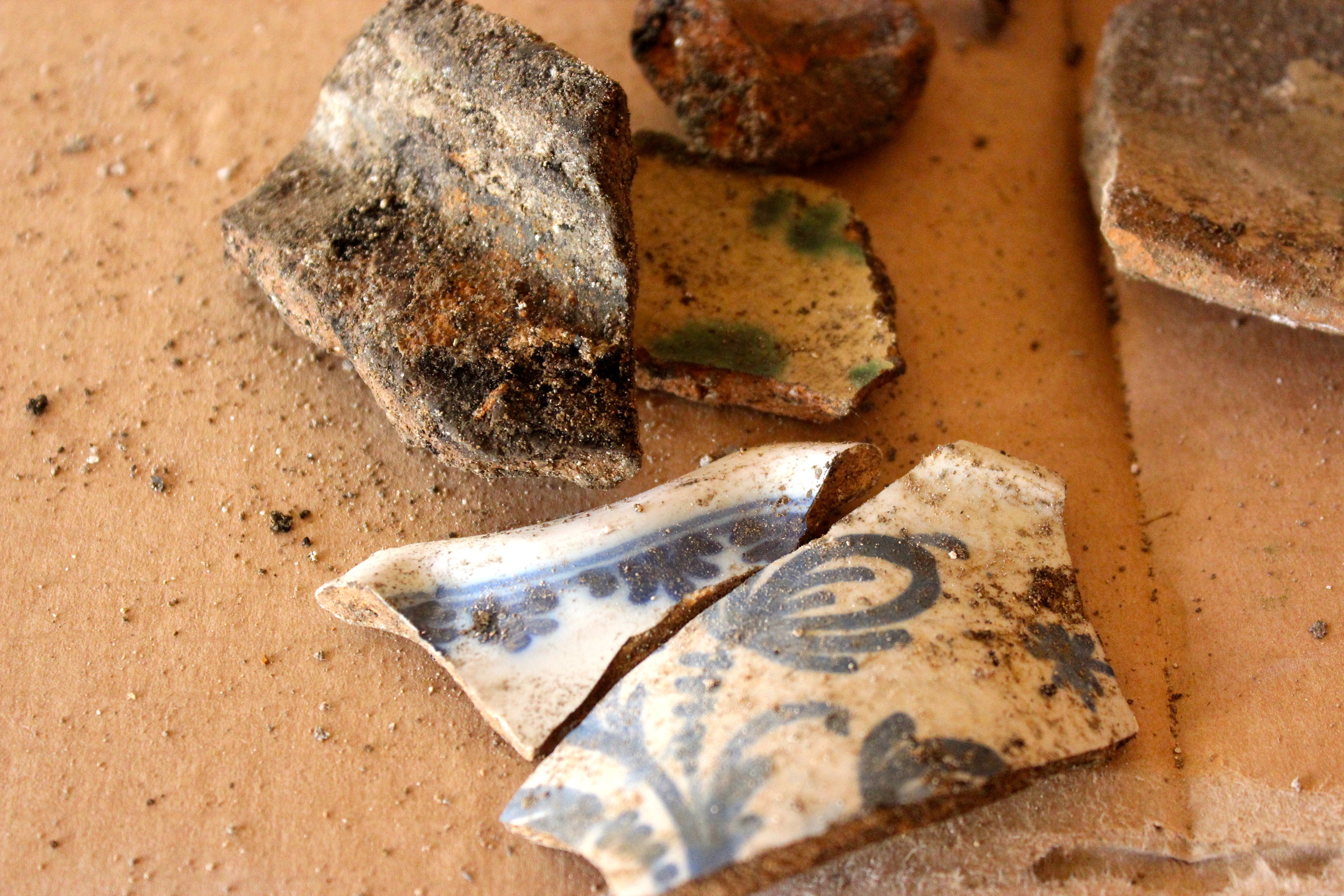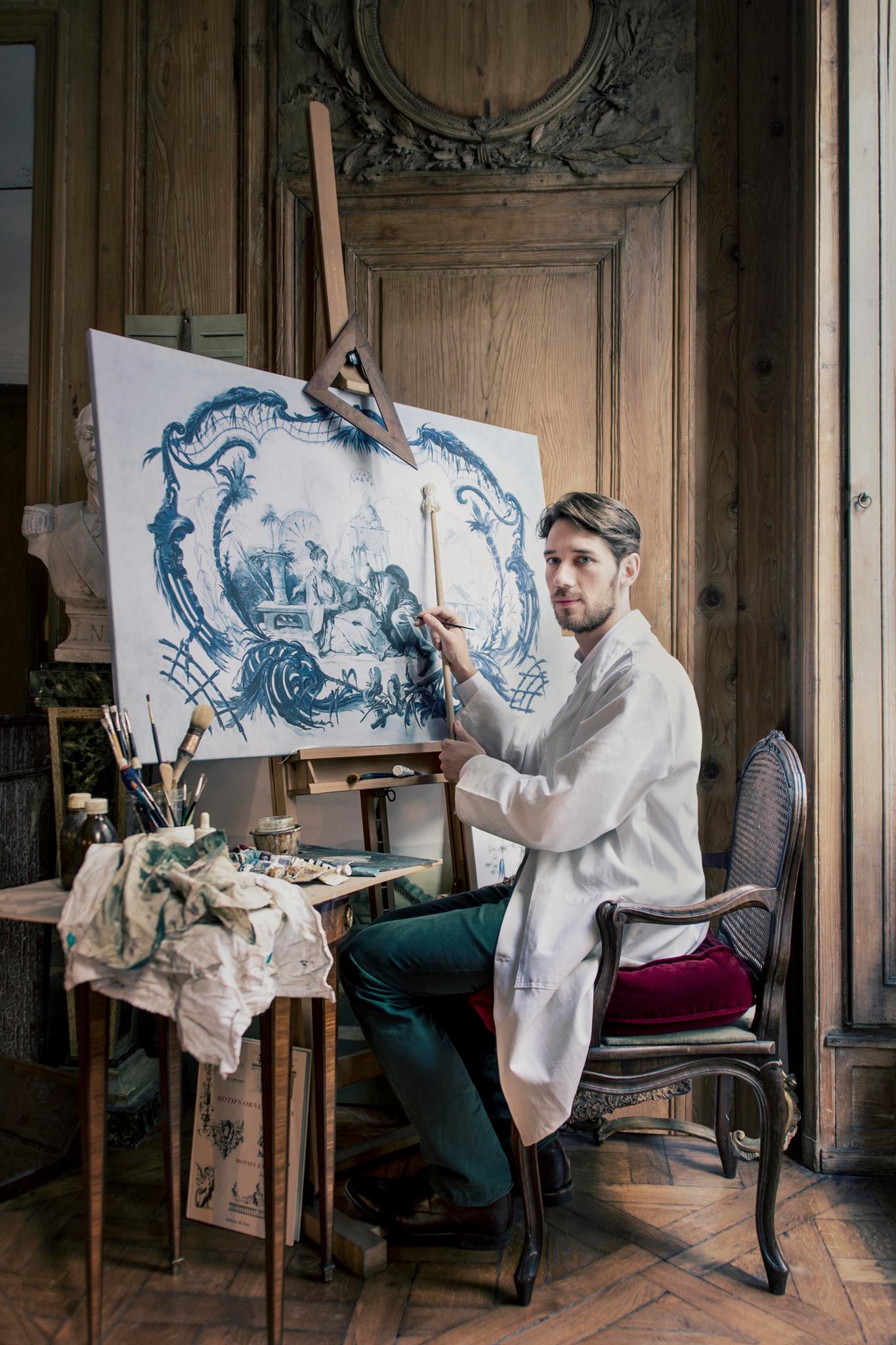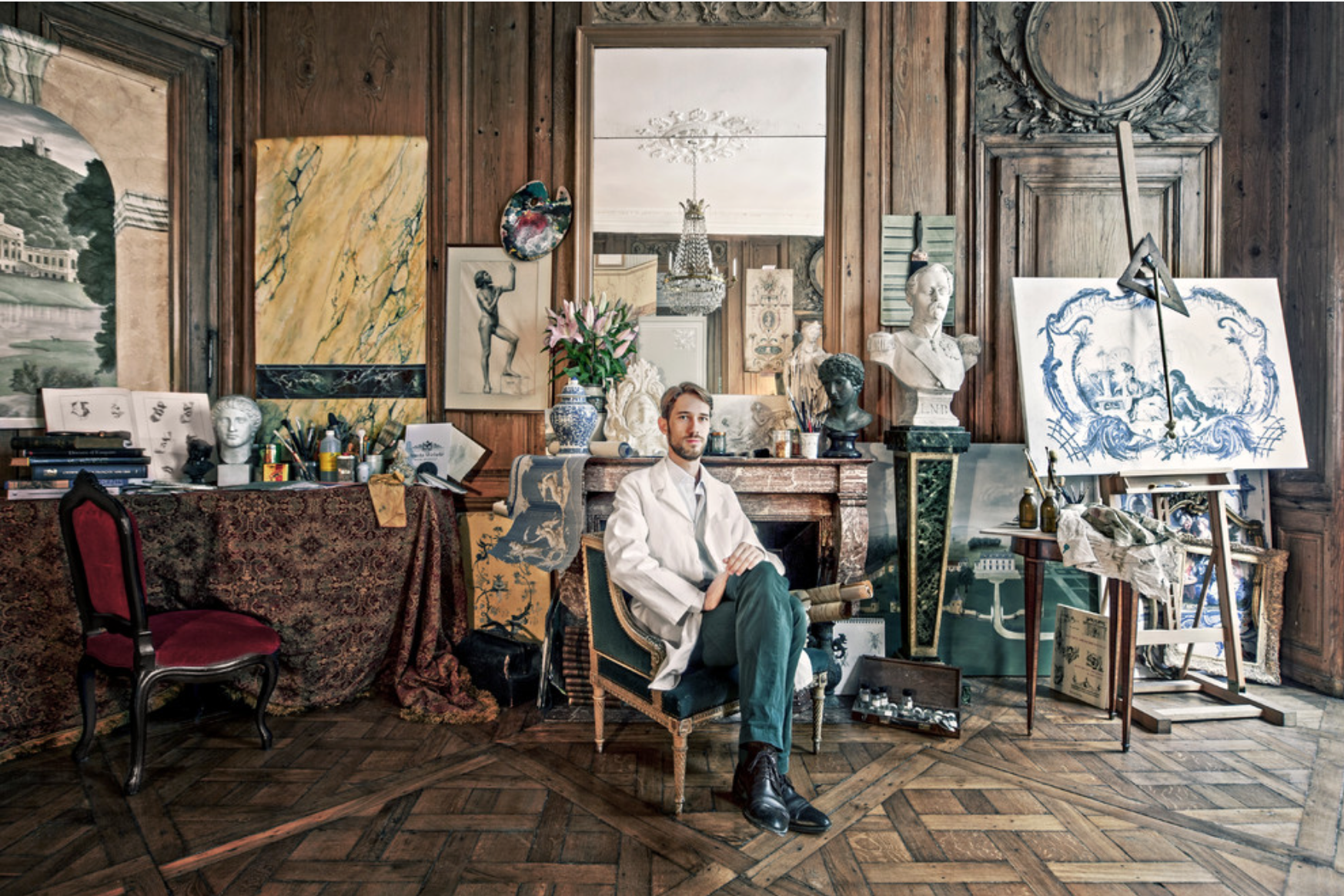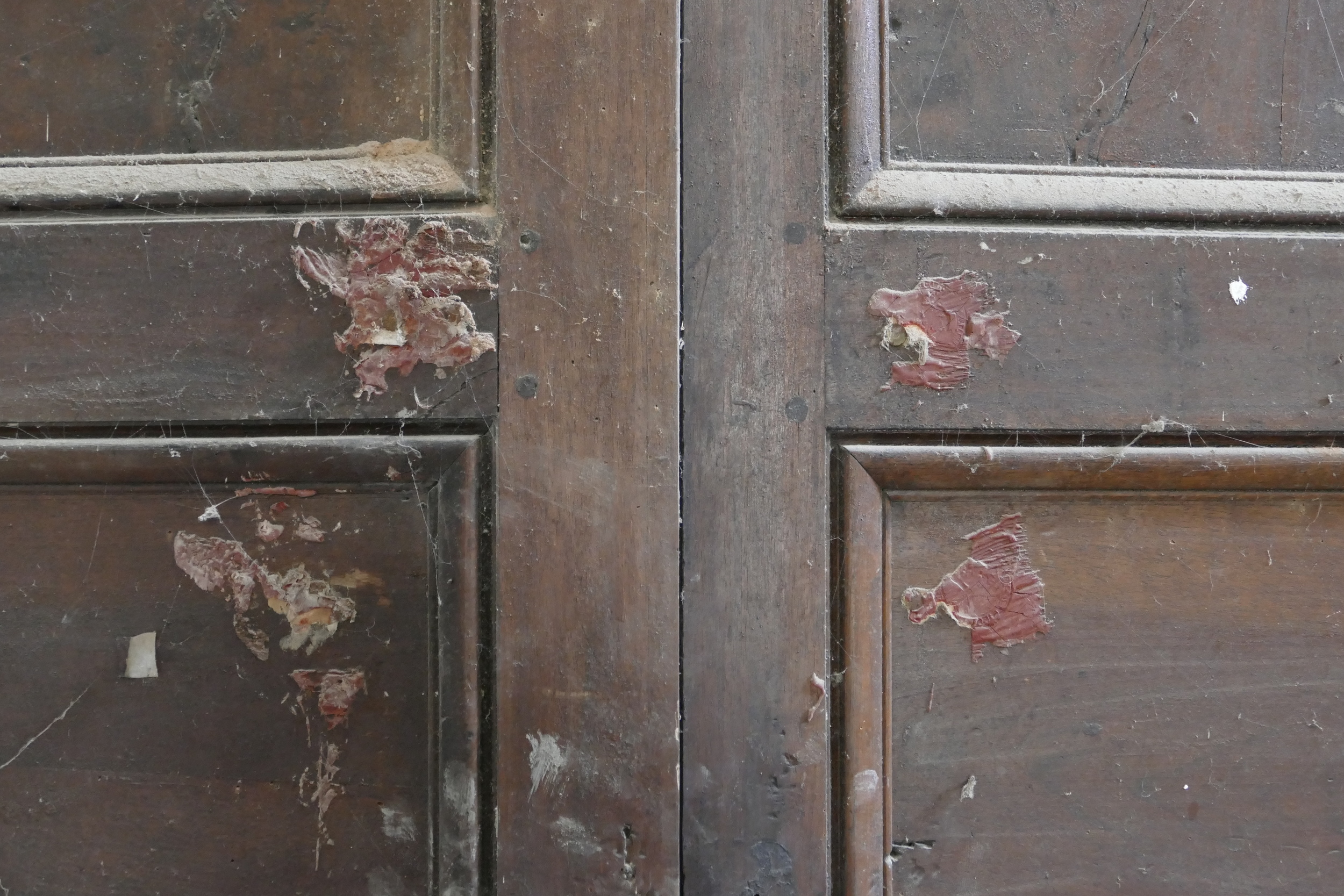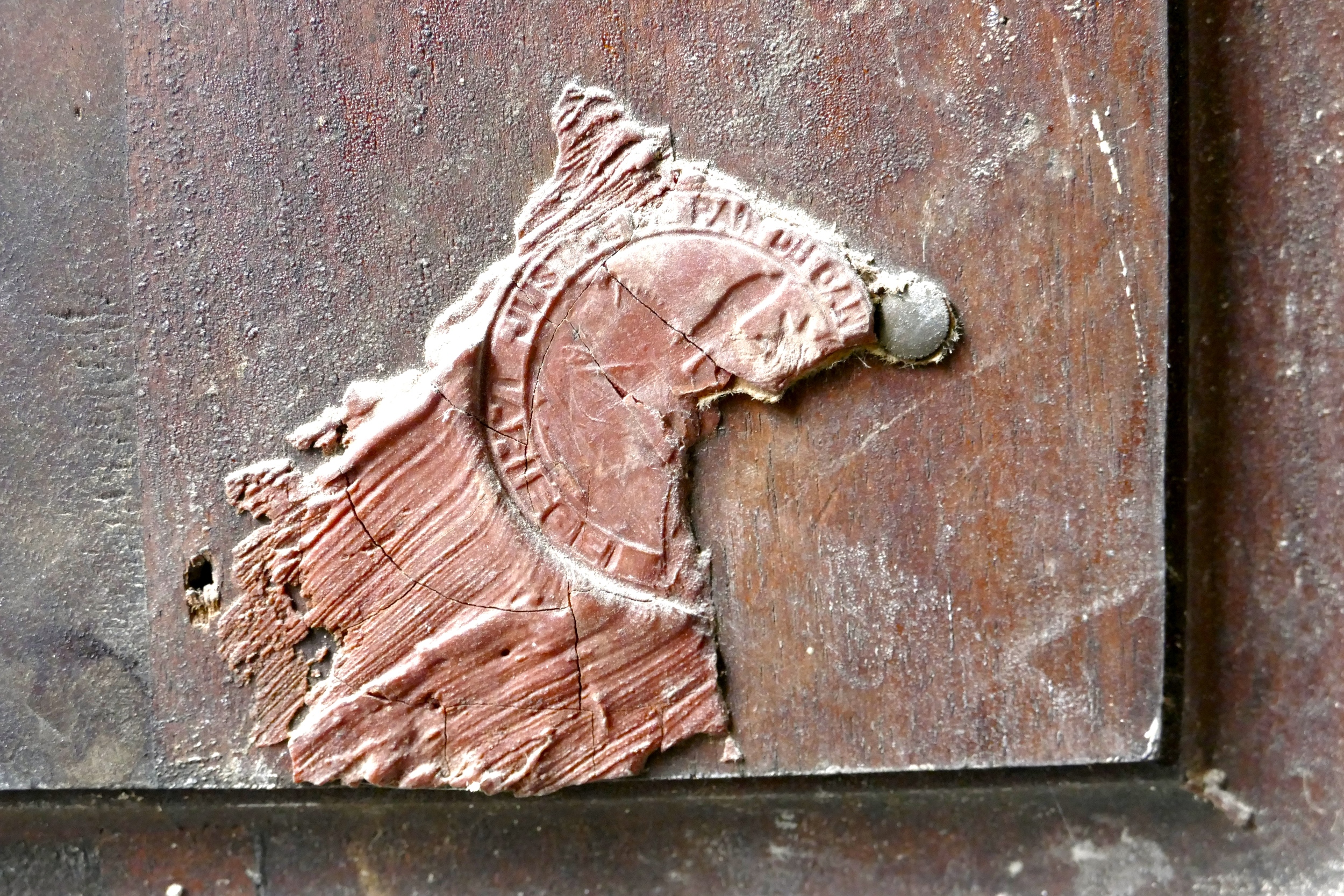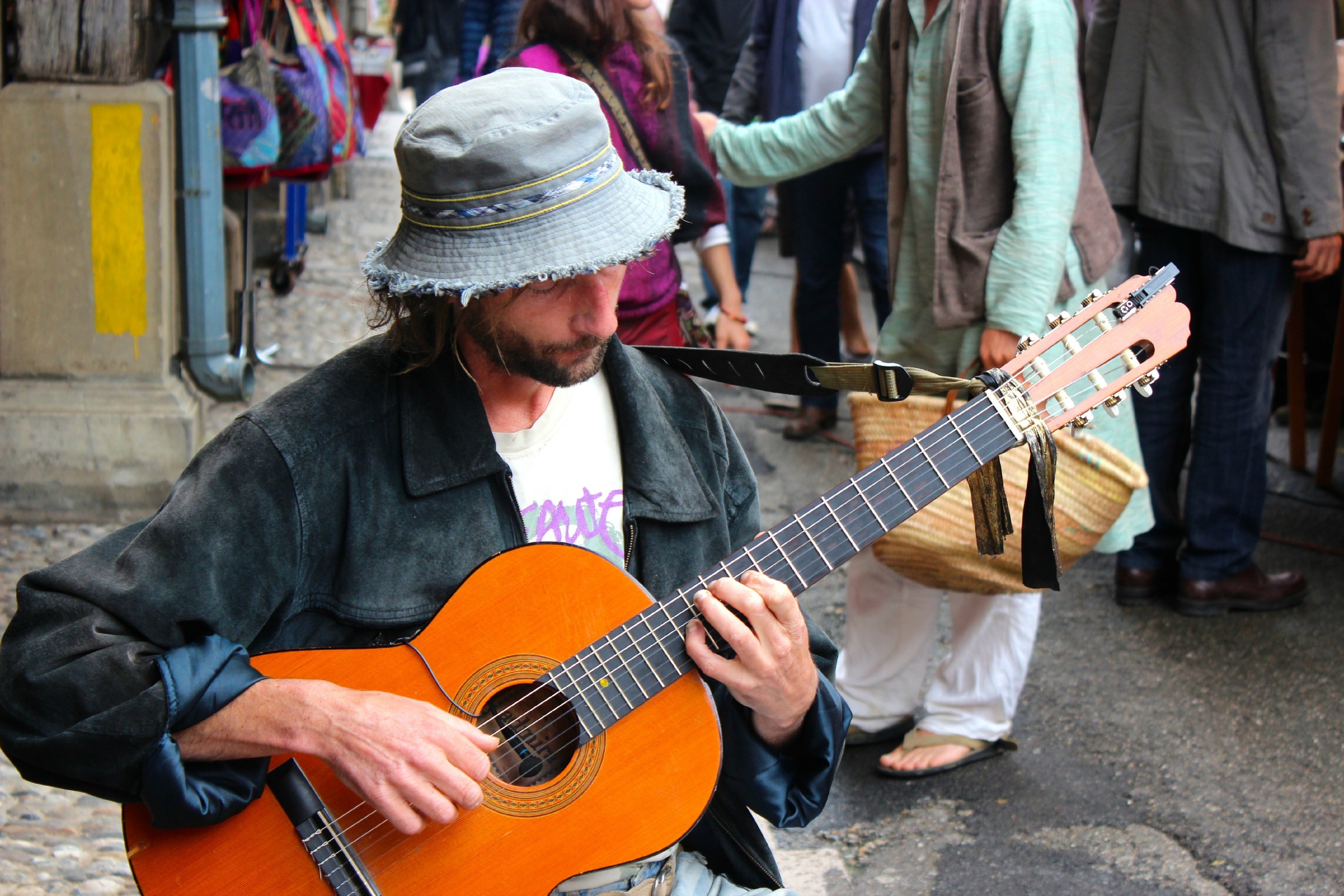Serendipity: (noun) finding something good without looking for it.
Just to recap, in part one and deux of Serendipity, I mentioned some of the hidden treasures which the Château has gently yielded, whether by chance, or whether the restoration has nurtured her from a long sleep, and a feeling of trust has been forged to once again believe in a future together.
We have discovered many treasures along the restoration journey, such as painted beams underneath plaster, quite by 'accident', or the hole in the ground leading to goodness knows where, and the wax seals on the doors, tied once with tricolour ribbons to prevent entry into the rooms after the Revolution. Or the story of the family crest, scratched out or erased with white paint, removing any traces of the original family's aristocratic past.
And now, following on, this story is about the Salon de Rose - a beautiful soft pink wood panelled room. It is immediately to the right when you walk in the front door.
Constructed under the strict guidelines of 1700's neoclassical architecture, and aristocratic interiors, it is orchestrated around the doors and windows. Main structural lines intersect in the middle of the room which established the position of the fireplace. And to enhance these lines, tall mirrors were set above the mantle.
I can almost see a young women sitting in front of the mirror, her hair raised, carefully curled and powdered, in a spectacular manner around a wire framework and adorned with feathers, fabric and perhaps fresh flowers. Meanwhile her face covered with white lead and her cheeks rouged pink. Afterwards, she steps into her gown, and it is stitched into place, after choosing a delicate bow or ribbon with which it is attached.
Then one day, many years later, the ply wood crumbled and fell from the 'salon de rose' walls. It revealed blue, grey and white brushstrokes, hidden away from a by-gone century.
Excited and delighted, the gorgeous Frantz, the art restorer from Paris, and I picked away the rotten timber, tearing it down.
I could see and smell the pressed muddy brown shaped mushrooms of mould. It was musty and strong, falling from the wall as we disturbed its lurking presence behind the panelling.
And underneath was a magnificent fresco.
The filagree shapes, graceful and florid, rise about two metres high, I should think. Without a long ladder I can't be sure.
This type of elaborate fresco was perhaps unusual for a country Château. The 18th Century was keen on the countryside, a simple getaway from the clique of the French court. But then again, levels of pomp reflected social status!
The original owner, Louis Gaspard de Salles was a Marquis and a member of the Noblesse de Robe, and hence, a high display of luxuriousness and lavishness was required in his home. Whether it be in the display of interior decoration, porcelain, horses, etc...
Anyway, the snippet of history aside, I suppose now the question remains: do we remove the pink panelling to reveal what is underneath? And, why was it covered up in the first place?
This week I have an appointment with the archives office in Foix, where I hope to find the answer to this last question and more. The French love paper work, and I expect renovations which have taken place over the past 300 years are probably still in the top drawer of the local village filing cabinet!
I look forward to adding this project to Tonio's wish list at the restoration workshop in July (http://www.messors.com).
"We can dream, create, and build the most wonderful place in the world, but it takes people to make the dream a reality."
- Walt Disney.
The Château continues to lead us on its adventure...
A bientôt,
Chateau de Gudanes.
